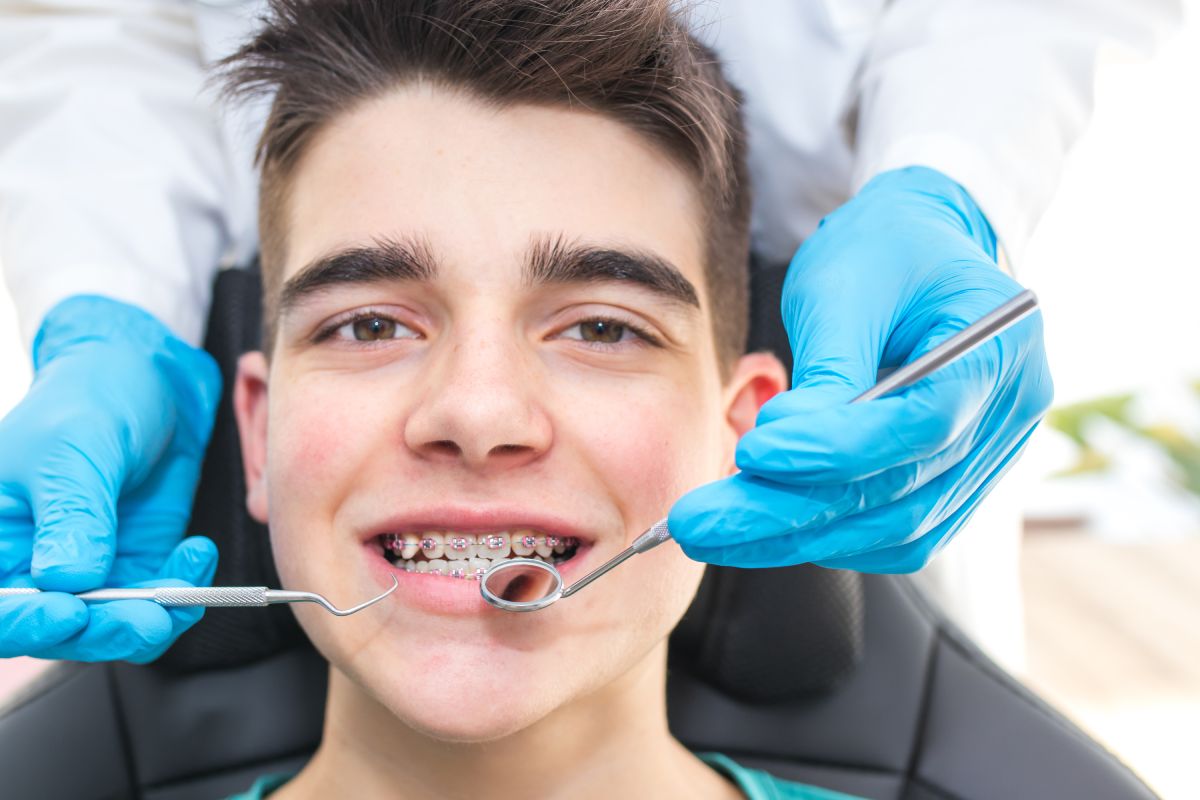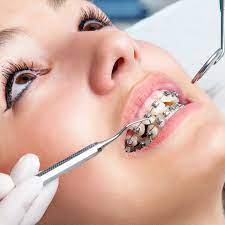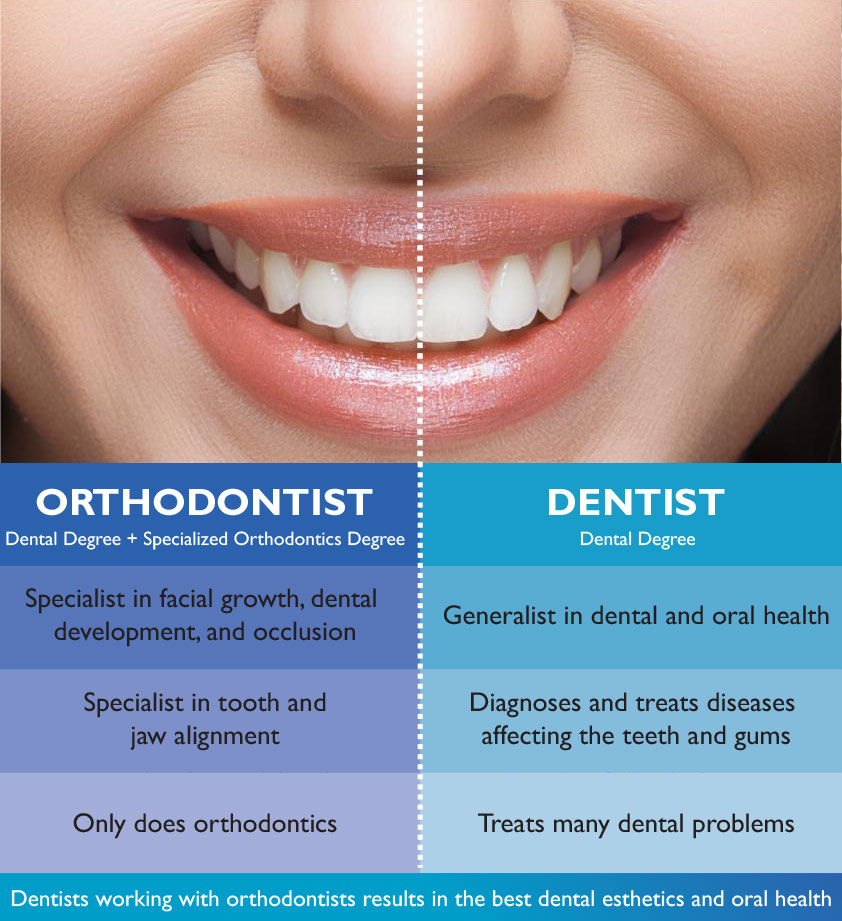Causey Orthodontics for Beginners
Table of ContentsAn Unbiased View of Causey OrthodonticsCausey Orthodontics - An OverviewThe Ultimate Guide To Causey OrthodonticsThe 25-Second Trick For Causey OrthodonticsThe Ultimate Guide To Causey Orthodontics
Overlooking occlusal relationships, it was typical to get rid of teeth for a selection of oral concerns, such as malalignment or congestion. The idea of an intact teeth was not commonly valued in those days, making bite correlations seem irrelevant. In the late 1800s, the principle of occlusion was crucial for developing trustworthy prosthetic replacement teeth.As these ideas of prosthetic occlusion advanced, it came to be a very useful tool for dental care. It was in 1890 that the work and impact of Dr. Edwards H. Angle began to be felt, with his payment to modern-day orthodontics especially notable. Initially concentrated on prosthodontics, he educated in Pennsylvania and Minnesota before guiding his attention in the direction of dental occlusion and the therapies needed to keep it as a typical problem, thus coming to be called the "papa of contemporary orthodontics".

The principle of optimal occlusion, as proposed by Angle and included right into a category system, made it possible for a shift in the direction of dealing with malocclusion, which is any type of inconsistency from regular occlusion. Having a full set of teeth on both arches was very searched for in orthodontic treatment due to the need for specific partnerships in between them.
Little Known Questions About Causey Orthodontics.
As occlusion ended up being the essential priority, facial percentages and looks were overlooked - orthodontist near me. To attain ideal occlusals without utilizing exterior forces, Angle proposed that having perfect occlusion was the most effective way to obtain optimal face aesthetic appeals. With the passing of time, it became rather noticeable that also a phenomenal occlusion was not suitable when considered from a visual factor of view
Charles Tweed in America and Raymond Begg in Australia (who both researched under Angle) re-introduced dentistry removal right into orthodontics throughout the 1940s and 1950s so they can boost face esthetics while additionally making certain far better security worrying occlusal partnerships. In the postwar duration, cephalometric radiography begun to be used by orthodontists for determining adjustments in tooth and jaw setting created by development and treatment. It ended up being noticeable that orthodontic treatment might adjust mandibular advancement, bring about the development of useful jaw orthopedics in Europe and extraoral force actions in the US. Nowadays, both functional home appliances and extraoral tools are applied around the globe with the purpose of amending development patterns and types. Consequently, going after real, or a minimum of boosted, jaw relationships had ended up being the major objective of treatment by the mid-20th century.
Not known Incorrect Statements About Causey Orthodontics
 The American Journal of Orthodontics was created for this objective in 1915; before it, there were no clinical goals to follow, neither any type of accurate classification system and braces that did not have functions. Up until the mid-1970s, dental braces were made by covering steel around each tooth. With innovations in adhesives, it came to be feasible to instead bond steel brackets to the teeth.
The American Journal of Orthodontics was created for this objective in 1915; before it, there were no clinical goals to follow, neither any type of accurate classification system and braces that did not have functions. Up until the mid-1970s, dental braces were made by covering steel around each tooth. With innovations in adhesives, it came to be feasible to instead bond steel brackets to the teeth.This has had meaningful effects on orthodontic treatments that are administered frequently, and these are: 1. Right interarchal partnerships 2. Correct crown angulation (tip) 3.
The advantage of the layout exists in its brace and archwire mix, which needs only minimal wire flexing from the orthodontist or medical professional (affordable orthodontist near me). It's appropriately called after this feature: the angle of the port and density of the bracket base inevitably establish where each tooth is located with little requirement for extra adjustment
What Does Causey Orthodontics Mean?
Both of these systems used the same brackets for every tooth and necessitated the flexing of an archwire in 3 planes for locating teeth in their desired positions, with these bends dictating ultimate positionings. When it pertains to orthodontic home appliances, they are divided into 2 types: removable and taken care of. Detachable home appliances can be handled and off by the individual as needed.

Hence, mostly all contemporary set home appliances can be thought about variations on this edgewise device system. Early 20th-century orthodontist Edward Angle made a major payment to the world of dentistry. He developed four distinct home appliance systems that have been used as the basis for many orthodontic therapies today, preventing a couple of exceptions.
5 Simple Techniques For Causey Orthodontics

The wire finished in a string, and to relocate it onward, an adjustable nut was made use of, which permitted an increase in circumference. By ligation, each private tooth was connected to this expansive archwire (family orthodontics). As a result of its restricted variety of movement, Angle was unable to achieve specific tooth placing with an E-arch
These tubes held a soldered pin, which might be repositioned at each consultation in order to move them in position. Dubbed the "bone-growing home appliance", this contraption was theorized to motivate healthier bone development due to its possibility for transferring pressure directly to the roots. Applying it verified troublesome in truth.
Comments on “Some Known Details About Causey Orthodontics”